Overview of the Paw Patrol Casting Station
The Paw Patrol Casting Station is an all-in-one DIY kit designed for creative kids. It includes molds, paints, and plaster to create 3D Paw Patrol figures.
This set provides a fun, hands-on activity that lets children bring their favorite characters to life while learning about mold casting and painting techniques.
The Paw Patrol Casting Station DIY Kit is a comprehensive creative set designed for kids to craft their own 3D Paw Patrol figures. It includes everything needed for molding and painting.
With molds, plaster, paints, and a brush, this kit offers a fun, hands-on experience. It encourages creativity and patience as kids bring their favorite characters to life;
1.2 Key Features and Components
The Paw Patrol Casting Station includes molds of popular characters like Chase and Skye, multiple paint colors, a brush, and plaster. The kit is pre-assembled and ready for use.
Its compact design and detailed instructions make it easy for children to follow along and create personalized figures, fostering creativity and fine motor skills in a fun project.
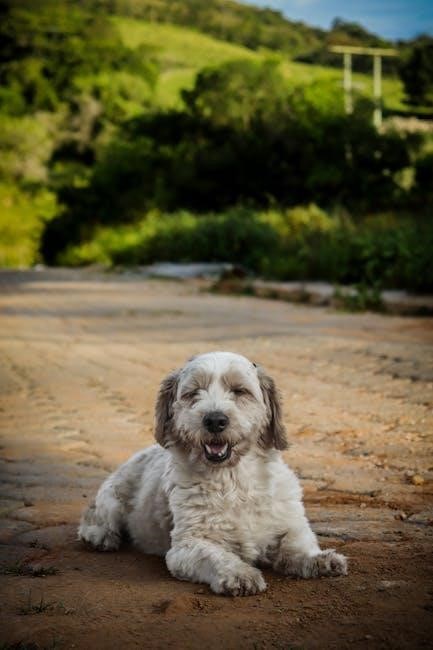
Unboxing and Components
The Paw Patrol Casting Station comes with molds, paints, plaster, and a brush. Pre-assembled and ready to use, it includes everything needed for a fun creative project.
2.1 Items Included in the Set
The Paw Patrol Casting Station includes 5 colors of paint, a brush, plaster mix, 3 silicone molds, and a casting station. The molds feature Chase, Skye, and other Paw Patrol characters. Detailed instructions are also provided to guide users through the casting and painting process. No additional tools or assembly are required, making it a convenient DIY kit for kids.
2.2 Understanding the Casting Station Setup
The Paw Patrol Casting Station is pre-assembled and ready for use. It features silicone molds shaped like popular Paw Patrol characters. The station includes a mixing area for the plaster and a designated space for painting. Users can easily pour the plaster mixture into the molds and let it set before painting. The setup is designed for safety and ease of use, making it perfect for kids.
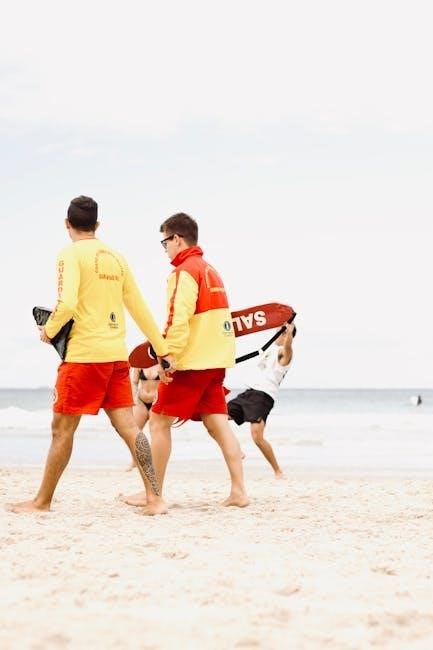
Mixing the Plaster
Mix 1 part water with 2 parts plaster, stirring until smooth. Avoid lumps for even casting. If too thick, add a little more water. Mix well.
3.1 Step-by-Step Instructions for Mixing
Begin by measuring 1 part water to 2 parts plaster. Combine in a bowl, stirring slowly to avoid lumps. Mix thoroughly until smooth and free of clumps. If too thick, add a little water. Stir for 1-2 minutes until consistent. Pour immediately into molds to ensure proper casting. Avoid overmixing, as it can cause air bubbles.
3.2 Tips for Achieving the Right Consistency
- Start with a 1:2 water-to-plaster ratio for optimal results.
- Add water gradually to avoid lumps and ensure a smooth mix.
- Avoid overmixing, as it can introduce air bubbles.
- If too thick, add a small amount of water until the mixture flows freely.
- Use a clean, dry bowl to prevent contamination.
- Work quickly, as the plaster sets fast once mixed.
- Aim for a consistency similar to thin pancake batter.
Creating Your Paw Patrol Figures
Pour the mixed plaster into the molds and let it set to create detailed 3D figures. This step brings your Paw Patrol characters to life creatively.
4.1 Pouring the Plaster Mixture into Molds
Once the plaster is mixed to the right consistency, carefully pour it into the prepared molds. Ensure the mixture fills the mold evenly. Gently pour to avoid air bubbles.
4.2 Allowing the Plaster to Set
After pouring the plaster mixture into the molds, let it set completely. This typically takes about 30 minutes, depending on the environment. Avoid touching or moving the molds during this time to ensure proper hardening.
Once set, the plaster will harden fully, creating a sturdy figure. Allow it to dry for an additional 10-15 minutes for maximum strength before removing from the molds.
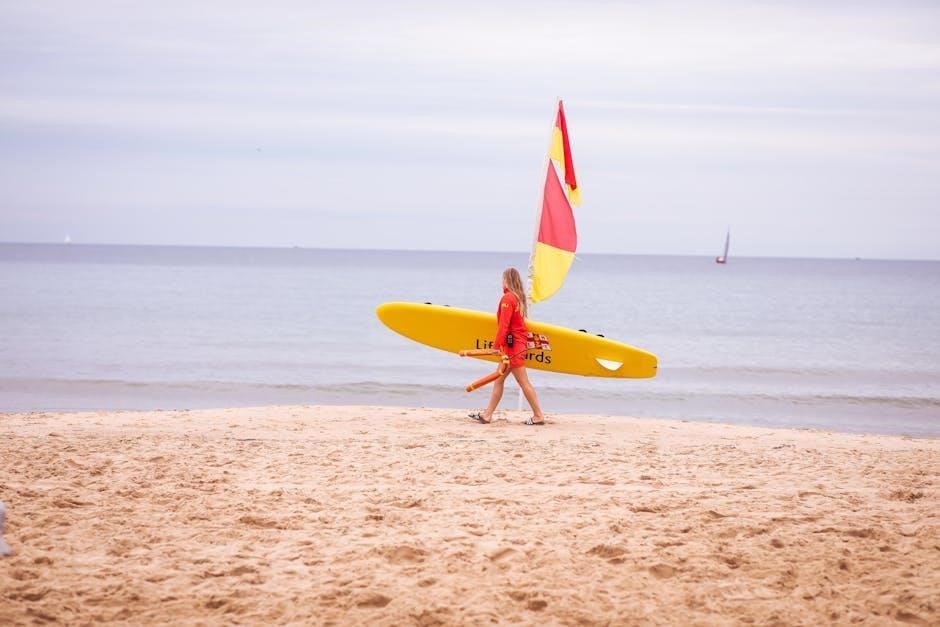
Painting Your Figures
Use the included paints and brush to bring your Paw Patrol figures to life. Follow the instructions for color guidance or get creative with your own designs.
Allow each coat to dry completely before adding details. This ensures vibrant, long-lasting colors and a professional finish for your custom 3D characters.
5.1 Choosing and Applying the Paint
Use the 5 included colors to paint your Paw Patrol figures. Apply thin, even coats with the provided brush, starting with larger areas and adding details last.
Allow each coat to dry completely before applying the next. This ensures smooth, vibrant results. For a glossy finish, consider applying a clear sealant after painting is complete.
5.2 Adding Final Details and Sealing
Once the paint is dry, add fine details like eyes or accessories using a small brush. For a protective finish, apply a clear sealant. Allow it to dry completely before handling the figures. This step ensures your Paw Patrol characters remain vibrant and durable for years to come.
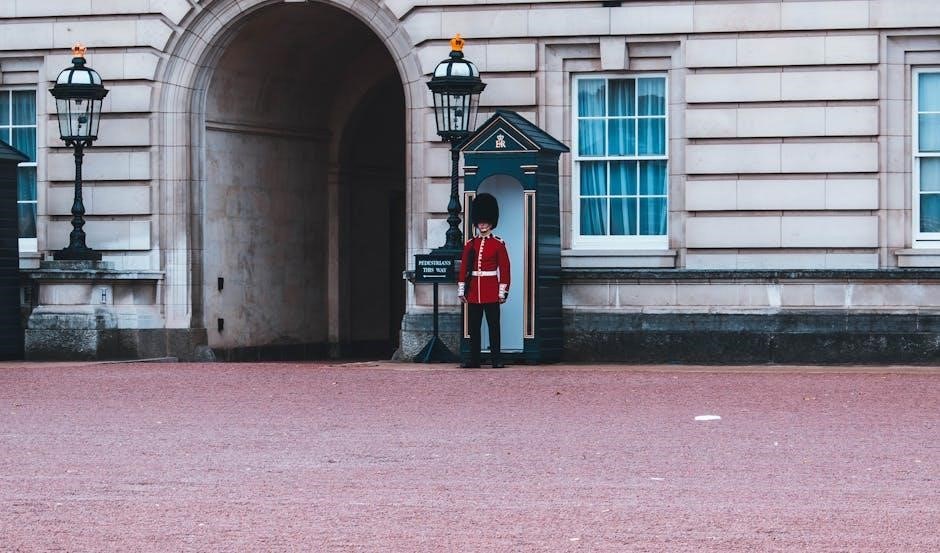
Drying and Handling
Allow figures to dry completely on a flat surface. Handle gently to prevent damage. Avoid moisture exposure for longevity.
6.1 Recommended Drying Time
Allow your Paw Patrol figures to dry for at least 24 hours after pouring. Ensure they are placed on a stable, flat surface away from direct sunlight. Keep the area dry and cool during the drying process to prevent cracking or warping. Avoid handling until fully set for the best results.
6.2 Safe Handling Tips
Handle the figures gently to avoid breakage. Wash hands after working with plaster and paint. Keep materials away from eyes and avoid ingestion. Ensure the workspace is clean and dry to prevent accidents. Use protective gloves or aprons if needed. Store unused materials securely to maintain safety and organization.
- Avoid rough handling of molds and figures.
- Ensure the area is clear of clutter.
- Adult supervision is recommended for young children.
Safety Precautions
Ensure adult supervision for children. Avoid contact with eyes or ingestion of materials. Use protective gloves and work in a well-ventilated area. Keep materials out of reach of young children and pets when not in use. Follow instructions carefully to prevent accidents.
7.1 General Safety Guidelines
Always ensure adult supervision for children using the Paw Patrol Casting Station. Wear protective gloves and goggles to avoid skin and eye irritation. Keep plaster and paint away from eyes and mouth to prevent ingestion. Work in a well-ventilated area to avoid inhaling dust. Store materials out of reach of pets and young children when not in use. Follow instructions carefully to prevent spills and accidents. Be patient and cautious when handling materials to ensure a safe and enjoyable experience.
7.2 Adult Supervision Recommendations
Adult supervision is crucial when using the Paw Patrol Casting Station. Ensure an adult assists with mixing plaster to avoid spills and skin contact. They should guide children in pouring the mixture into molds and painting. Adults should monitor drying times to prevent handling uncured figures. Their involvement ensures safety, proper technique, and an enjoyable creative experience for children.
Displaying Your Finished Figures
Showcase your Paw Patrol figures creatively on shelves, in display cases, or within themed settings. Store them in a cool, dry place to maintain their condition and longevity.
8.1 Creative Ways to Showcase Your Creations
Display your Paw Patrol figures proudly on shelves or in glass display cases. Create themed settings using cardboard backdrops or DIY landscapes. You can also arrange them in action poses for a dynamic look. Additionally, consider grouping them by character or mission theme for a cohesive display. Add backlighting to highlight details and make your figures stand out even more!
8.2 Storage Tips for Longevity
To ensure your Paw Patrol figures last, store them in a cool, dry place away from sunlight to prevent fading. Use protective cases or boxes with individual slots to avoid chipping. Clean figures gently before storage and avoid stacking to prevent damage. Consider using silica gel packets to absorb moisture in humid environments. Label containers for easy identification without opening.
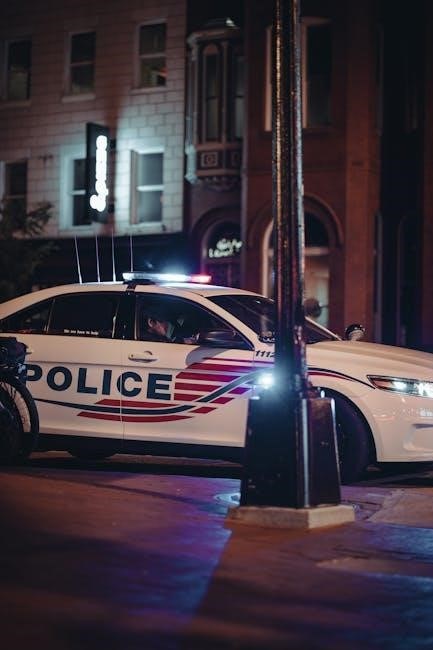
Troubleshooting Common Issues
Common issues include air bubbles in molds or uneven plaster mixing. Gently tap molds to remove bubbles and ensure proper water-to-plaster ratios for smooth results.
9.1 Resolving Mixing Problems
When mixing plaster, lumps or overly thick mixtures can occur. To fix, gently stir in small amounts of water until smooth. If too runny, add a little plaster. Ensure proper water-to-plaster ratios for optimal results. Avoid overmixing, as it can create air bubbles. If mixture sets too quickly, work fast and pour immediately. Always mix small batches to maintain control and consistency.
9.2 Fixing Imperfections in the Figures
If air bubbles form, gently tap the mold or use a toothpick to release them. For chips or cracks, sand lightly and repaint. Small imperfections can be smoothed with fine sandpaper. Touch up with acrylic paint to match original colors. Ensure molds are clean and free of debris before pouring to prevent issues. Proper preparation helps achieve smoother, more detailed figures.
Creating Paw Patrol figures with the Casting Station is a fun and educational experience, teaching kids about mold casting and painting while fostering creativity.
Encourage children to experiment, learn, and enjoy the process. Every figure they create is a unique accomplishment, sparking joy and pride in their work.
10.1 Encouraging Creativity and Fun
The Paw Patrol Casting Station is a perfect tool for fostering creativity and fun in children. By allowing kids to mold and paint their favorite characters, it sparks imagination and provides a sense of accomplishment. The hands-on process makes learning enjoyable and encourages kids to explore their artistic side while creating something truly unique and personalized.